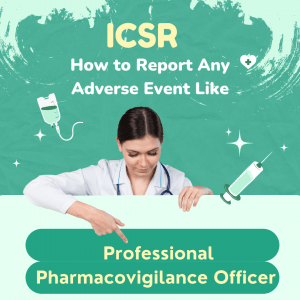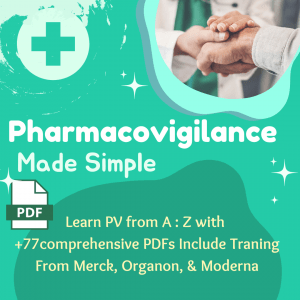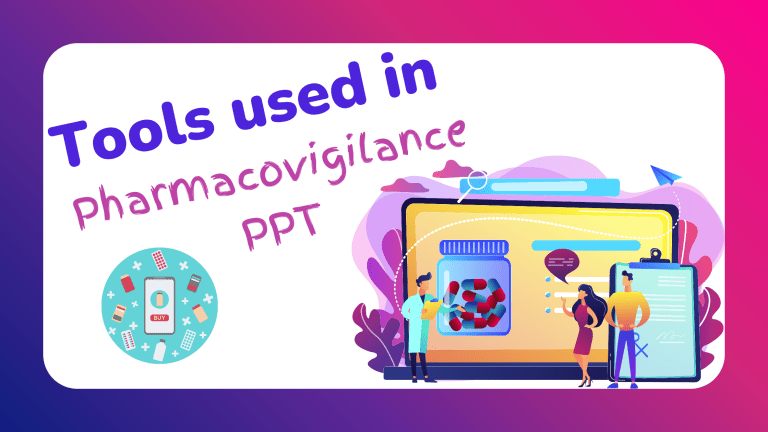IND Safety Reports: Facts You Must Know in 2025 To Become a Pharmacovigilance Officer Expert
Best Choices
Why are IND Safety Reports crucial in the Drug development lifecycle?

Healthcare professionals have a lot of responsibilities, one of which is ensuring the safety of their patients.
This can be not easy when new medications or treatments are being tested. It’s hard to know if the potential benefits of a new treatment outweigh the risks without reliable information.
IND safety reports provide healthcare professionals with up-to-date information on the safety and efficacy of new treatments. These reports are compiled by experts and include data from all available sources, so you can feel confident in your decision to use a new therapy.
Let’s find out more.
What is an IND safety report?

IND is investigational new drug (IND) safety reporting and safety reporting for bioavailability (BA) and bioequivalence (BE) studies under 21 CFR 312.32, 312.64(b), and 320.31(d)(3).
IND safety reporting is vital to the FDA’s drug approval process.
An IND safety report is filed whenever an adverse event may pose a risk to human subjects.
These reports help the FDA determine whether a new drug is safe for humans.
If a drug is found unsafe, it can be withdrawn from the market.
In some cases, serious adverse events can be life-threatening.
Because of this, it is essential for companies to monitor the safety of their drugs carefully and to report any adverse events to the FDA.
IND safety reporting helps ensure that drugs are safe for humans and helps protect public health.
What is an IND safety report guidance?
- The Pharmacovigilance guidance in this document provides recommendations for sponsors and investigators on how to submit a safety report.
- It also defines terms used throughout the process and makes note of other concerns with expedited reports that have come up over time due to their necessity during an emergency situation.
- Where there may be life-threatening repercussions if not reported properly or at all (such as), offers advice about what information should go into each type/color-coded section within your files so you can quickly identify any issues without having to load more than one file onto yourself when responding and much less stress put upon those who need access later down line etcetera
What are the types of IND safety reports?

Sponsors report
- Serious adverse experiences (e.g., mortality or major morbidity) that were likely to have been manifestations of the underlying disease
- Serious adverse experiences that commonly occurred in the study population independent of drug exposure (e.g., strokes or acute myocardial infarctions in an elderly population)
- Serious adverse experiences that were study endpoints (i.e., the study was evaluating whether the drug reduced the rate of these events)
These types of reports are usually uninformative when reported as single events (i.e., without a comparison to the incidence in treated versus untreated subjects).
As they do not contribute meaningfully towards developing safety profiles for investigational drugs or human subject protection efforts. Attempting to review these data with no necessary context was also very time-consuming on behalf of FDA investigators, IRBs & institutions.
What are IND Safety Reporting Requirements?
FDA published a final rule amending the IND safety reporting requirements under 21 CFR part 312 and adding safety reporting requirements for persons conducting BA and BE studies under 21 CFR part 320.
That it is the sponsor’s responsibility to submit IND with meaningfully contribute to the developing safety profile of the investigational drug and improve the overall quality of safety reporting.
Reducing the number of uninformative individual reports will enhance the ability of sponsors, FDA, investigators, and IRBs to focus on safety issues that affect public health.
If sponsors investigating a drug under an IND were required to notify FDA and all participating investigators, in a written IND safety report, of any adverse experience associated with the use of the drug that was both serious and unexpected adverse event, and any finding from tests in laboratory animals that suggested a significant risk for human subjects.
IND safety reports vs SUSAR vs ICSR
What is SUSAR?
It describes the nature of the adverse event as
- Serious
- Unexpected
- Suspected
- Adverse Reaction.
What is ICSR ( Individual Case Safety Report)?
It is a safety reports format that captures all safety information caused by suspected medical products such as:
- suspected adverse reaction
- product quality complain
These safety reports must be reported during
7 Day
or
15 Days
form initial receipt or first awareness day to regulatory authorities.
What are IND safety reports?
It is a written report sent to the FDA with all suspected adverse reactions that occurred during the pre-marketing phase of the drug lifecycle.
When any adverse event is fatal or life-threatening with a causal relationship with the investigational medicinal product, then it must report as possible but no later than 7 days as this risk information must be submitted to FDA.
But keep sending uninformative IND safety reports of serious and expected adverse events which should be limited to aggregate reporting only.
Submitting IND Safety Reports
Report Identification and Format
Each report must prominently identify its contents (21 CFR 312.32(c)(1)(v)).
“IND safety report” for 15-day reports
“Followup IND safety report” for follow-up information
“7-day IND safety report” for unexpected fatal or life-threatening adverse reaction reports
The type of report should be checked in box G7 on the FDA Form 3500A. The report can also be identified in box B5 and/or on a cover letter submitted with the FDA Form 3500A.
The format for IND safety reports is based on the type of expedited report, whether it contains:
- Individual Cases Safety Reports
- Aggregate Reports
- Other Reports
Where and How to Submit IND Safety Reports
1- to the CDER or CBER review division that has responsibility for the review of the IND (21 CFR 312.32(c)(1)(v)).
2- IND safety reports should be submitted to all of the sponsor’s INDs under which the drug is being administered.
Reporting Time Frame
- No later than 15 calendar days after the sponsor determines that the suspected adverse reaction or other information qualifies for reporting (21 CFR 312.32(c)(1))
- Unexpected fatal or life-threatening suspected adverse reactions represent especially important safety information and, therefore, must be reported no later than 7 calendar days after the sponsor’s initial receipt of the information.
References
Most of the information in this article from FDA guidance about Safety Reporting Requirements for INDs
Conclusion
Enroll in Individual Case Safety Report training now to ensure you are able to submit accurate and timely reports in the event of an adverse event. This training is essential for all healthcare professionals who want to protect patients and maintain the safety of our healthcare system.







